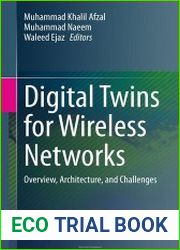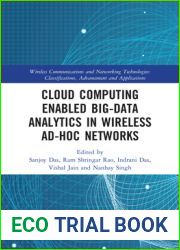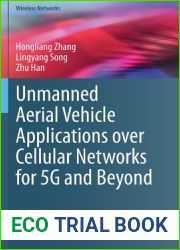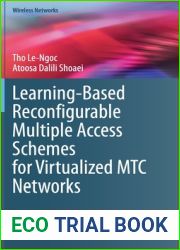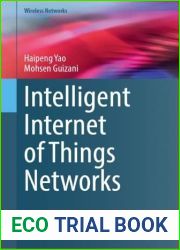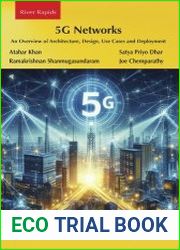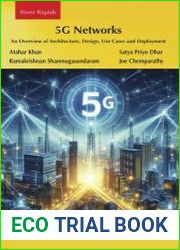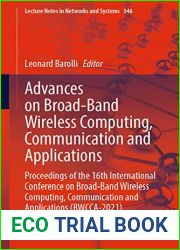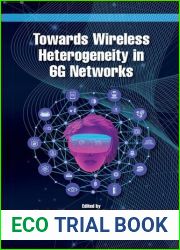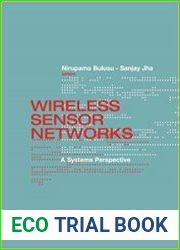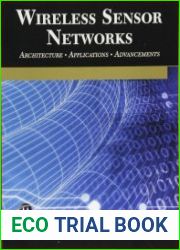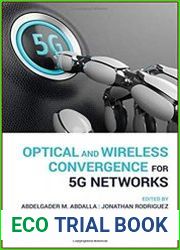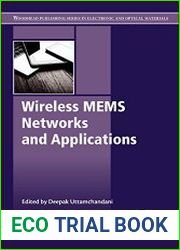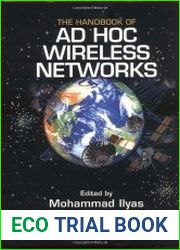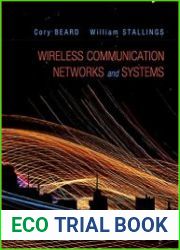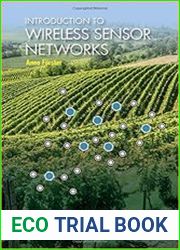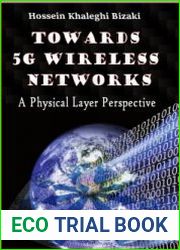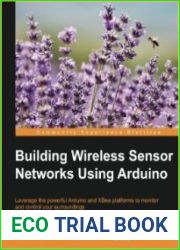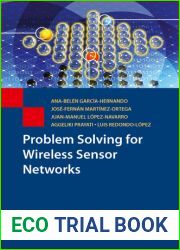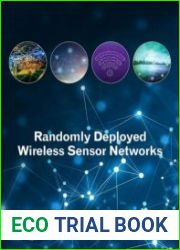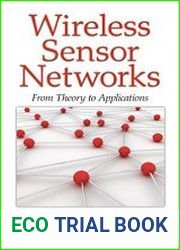
BOOKS - Digital Twins for Wireless Networks Overview, Architecture, and Challenges

Digital Twins for Wireless Networks Overview, Architecture, and Challenges
Author: Muhammad Khalil Afzal, Muhammad Naeem, Waleed Ejaz
Year: 2025
Pages: 175
Format: PDF | EPUB
File size: 33.2 MB
Language: ENG

Year: 2025
Pages: 175
Format: PDF | EPUB
File size: 33.2 MB
Language: ENG

Digital Twins for Wireless Networks Overview Architecture and Challenges The rapid development of wireless networks has created a demand for digital twins, which are virtual replicas of physical objects or systems that can be used to simulate their behavior and performance. This book provides an overview of the architecture and challenges associated with implementing digital twins in wireless networks. The authors explore the potential benefits of digital twins, such as improved network performance, reduced costs, and enhanced user experience. They also discuss the challenges of implementing digital twins, including data privacy and security concerns, the need for standardization, and the importance of interoperability between different systems. The book begins by defining what digital twins are and how they can be applied to wireless networks. It then delves into the various architectures that support digital twins, including cloud-based, edge-based, and hybrid solutions. The authors examine the challenges associated with each architecture and discuss the trade-offs between them. They also explore the role of artificial intelligence (AI) and machine learning (ML) in digital twin technology and how these technologies can be used to improve network performance and reliability. The book then focuses on the challenges of implementing digital twins in wireless networks.
Digital Twins для беспроводных сетей Обзор Архитектура и проблемы Быстрое развитие беспроводных сетей создало спрос на цифровые двойники, которые являются виртуальными репликами физических объектов или систем, которые можно использовать для моделирования их поведения и производительности. В этой книге представлен обзор архитектуры и проблем, связанных с внедрением цифровых двойников в беспроводных сетях. Авторы изучают потенциальные преимущества цифровых близнецов, такие как улучшение производительности сети, снижение затрат и улучшение пользовательского опыта. Они также обсуждают проблемы внедрения цифровых двойников, включая проблемы конфиденциальности и безопасности данных, необходимость стандартизации и важность совместимости между различными системами. Книга начинается с определения того, что такое цифровые близнецы и как их можно применить к беспроводным сетям. Затем он углубляется в различные архитектуры, которые поддерживают цифровые двойники, включая облачные, пограничные и гибридные решения. Авторы изучают проблемы, связанные с каждой архитектурой, и обсуждают компромиссы между ними. Они также изучают роль искусственного интеллекта (ИИ) и машинного обучения (ML) в технологиях цифровых двойников и то, как эти технологии могут быть использованы для повышения производительности и надежности сети. Затем книга посвящена проблемам внедрения цифровых двойников в беспроводных сетях.
''







